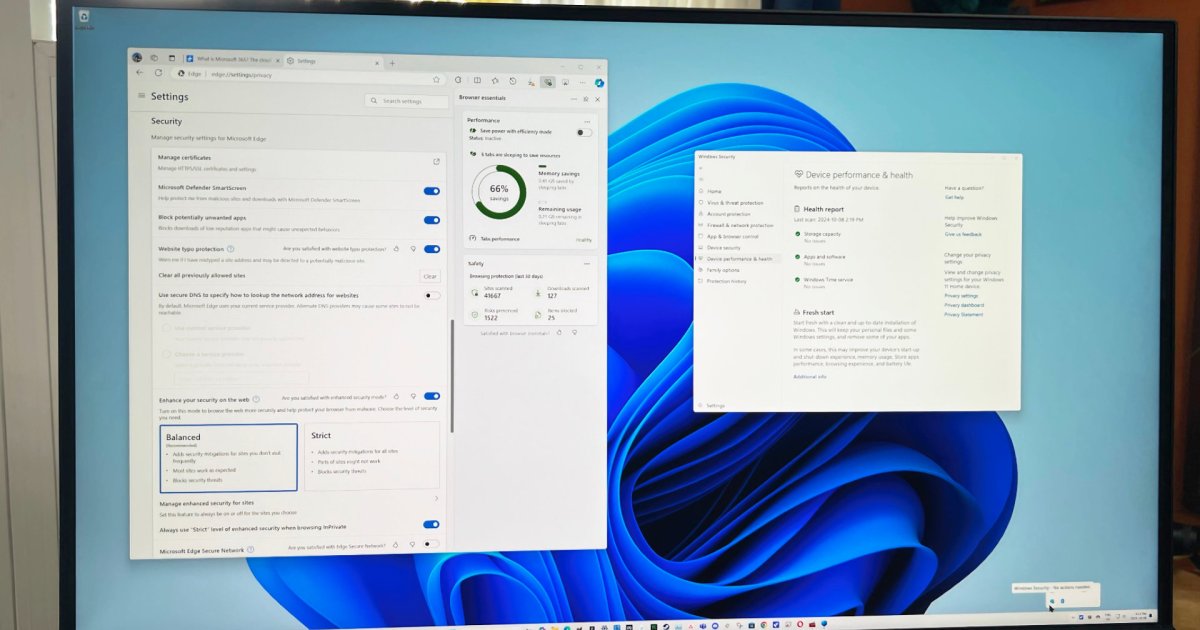Glaucoma refers to a group of eye conditions that can lead to vision loss and blindness by damaging the optic nerve at the back of the eye. The symptoms of glaucoma can develop gradually, often going unnoticed until significant damage has taken place.
read more
Glaucoma is a leading cause of vision loss and blindness that cannot be reversed. It develops when fluid builds up in the eye, creating pressure that damages the optic nerve, which transmits visual information to the brain.
Early detection and treatment are crucial to preventing permanent vision loss, but the disease often has no early symptoms—no pain, discomfort, or blurry vision—until it is advanced. In the United States, nearly 3 million people have glaucoma, but half of them are unaware of it due to the lack of symptoms and awareness. While there is no cure for glaucoma, early intervention can often prevent further damage and help preserve your vision.
Firstpost spoke to Dr Pavan V Joshi, Head of Clinical Services at Dr Agarwals Eye Hospital (Jayalakshmipuram) to shed light on various aspects of the disease including its causes, risk factors and the importance of early detection and treatment.
Can you explain what glaucoma is and why it is referred to as the ‘silent thief of sight’?
Dr Pavan Joshi: Glaucoma is defined as a progressive disease in which high intraocular pressure causes the optic nerve to weaken, leading to eventual loss of vision. It is called the “silent thief of sight” because it does not have any symptoms in its initial stages and causes irreversible loss of vision. Glaucoma is the leading cause of permanent vision loss worldwide.
What are the most common types of glaucoma and how do they differ in terms of causes and progression?
Dr Pavan Joshi: Broadly, glaucoma can be classified into Open-Angle Glaucoma and Angle-Closure Glaucoma. However, there are various other subtypes as well. They differ in terms of the angle width of the anterior chamber, where the normal drainage of aqueous fluid occurs. Both types can lead to irreversible loss of vision. Other types of glaucoma include steroid-induced glaucoma, traumatic glaucoma, pseudoexfoliative glaucoma, and even childhood and juvenile glaucomas.
Who is most at risk for developing glaucoma and what preventive measures can they take?
Dr Pavan Joshi: The main risk factor is genetics. If someone is diagnosed with glaucoma, their blood relatives have a 22% chance of developing glaucoma, compared to a 2–3% chance in the general population. The most effective preventive measure is undergoing a comprehensive eye examination.
How important is regular eye screening for early detection and at what age should individuals start getting tested?
Dr Pavan Joshi: Eye screening by an ophthalmologist and intraocular pressure measurement are the most important tools for diagnosing and treating glaucoma. Everyone should have their eye pressure checked starting at the age of 40.
What advancements in diagnostic technologies have improved glaucoma detection in its early stages?
Dr Pavan Joshi: Optic Nerve scans (OCT RNFL) can detect glaucoma even before it causes detectable vision loss. This stage is called pre-perimetric glaucoma. When in doubt, it is better to get a scan done to confirm changes in the optic nerve head.
What are the current treatment options for glaucoma, and how effective are they in preventing vision loss?
Dr Pavan Joshi: Since high intraocular pressure is the main cause of glaucoma progression, it must be controlled and reduced to a “target pressure” for the affected nerve. Eye drops are very effective in controlling the disease. However, once a person is diagnosed with glaucoma, they must use the eye drops for life, as the pressure will remain controlled only as long as the drops are being used.
How do lifestyle factors like diet, exercise or stress management influence glaucoma progression?
Dr Pavan Joshi: A balanced diet, aerobic exercise, weight training, and proper stress management can help lower glaucoma progression by increasing blood supply to the optic nerve, thereby protecting it.
Are there specific precautions people with glaucoma should take to protect their vision further?
Dr Pavan Joshi: Using the prescribed eye drops at the proper times and with the correct technique, undergoing regular eye examinations as advised by their doctor, and avoiding misinformation about glaucoma are crucial. Patients should also avoid panicking and instead have open discussions with their doctor to address all their doubts.
What challenges do healthcare systems face in managing glaucoma, particularly in developing countries?
Dr Pavan Joshi: A lack of equipment to check peripheral vision, optic nerve head measurements and intraocular pressure leads to gross under-diagnosis of glaucoma. It is estimated that in developing countries, almost 90% of glaucoma cases are undiagnosed.
How can public awareness campaigns like Glaucoma Awareness Month help reduce the global burden of this disease?
Dr Pavan Joshi: The best way to tackle glaucoma is to spread awareness about the importance of comprehensive eye check-ups and intraocular pressure screenings, especially for individuals turning 40 or those related by blood to someone already diagnosed with glaucoma.
Are there any breakthroughs in gene therapy or stem cell treatments for glaucoma on the horizon?
Dr Pavan Joshi: Since glaucoma is a multi-gene disease, gene therapy has not yet proven effective. Although stem cell therapy shows promise, it currently lacks proven benefits. While we hope these therapies will be effective in the future, regular eye check-ups remain the best way to detect and prevent glaucoma.

)





